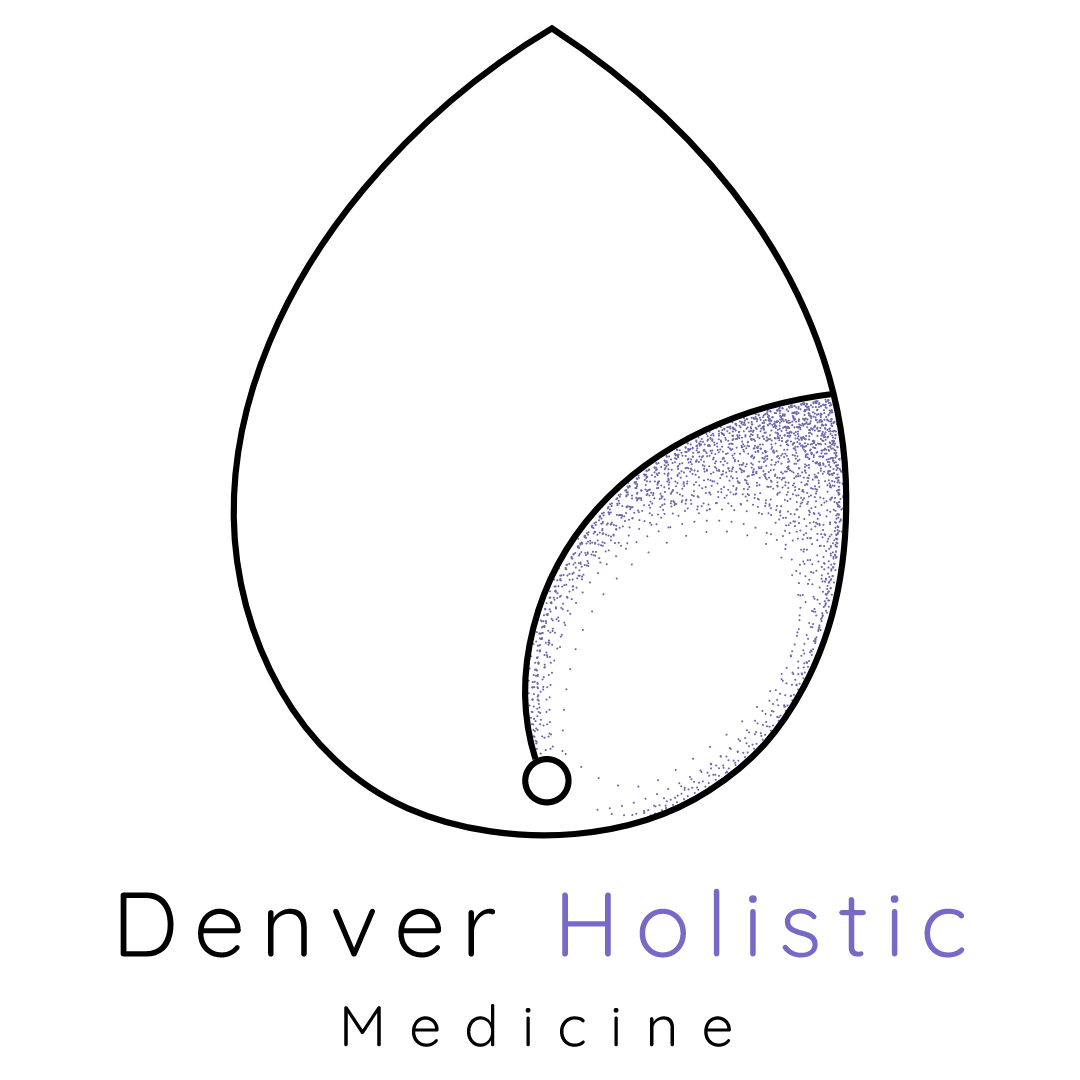Understanding Estrogen Dominance in Perimenopause
Understanding Estrogen Dominance in Perimenopause
By Dr. Simone Sturm
Perimenopause is a time of hormonal shifts and often, confusion. One common imbalance I see in my practice is estrogen dominance, but not always in the way you might expect. Understanding how and why it happens—including the difference between relative and actual estrogen dominance—and how your body metabolizes estrogen via the 2-OH, 4-OH, and 16-OH pathways can empower you to make meaningful changes.
Relative vs. Actual Estrogen Dominance: What’s the Difference?
Actual estrogen dominance means your estrogen levels—typically estradiol—are elevated beyond normal ranges.
Relative estrogen dominance occurs when estrogen appears high relative to progesterone, even if estrogen levels are within normal limits. Often this means progesterone is too low to keep estrogen balanced.
Relative estrogen dominance is present when the estradiol level is normal or low, but there is insufficient progesterone to balance the estradiol.
In perimenopause, irregular ovulation leads to drops in progesterone even when estrogen fluctuates or remains consistent, causing hormone imbalance.
Estrogen Detoxification: The 2-OH, 4-OH, and 16-OH Pathways
Your liver metabolizes estrone (E1) and estradiol (E2) during Phase I detoxification, via three main pathways:
2-OH
Most protective and favorable -weak estrogenic activity, may even inhibit proliferation
4-OH
Most genotoxic—DNA damage risk and strong estrogenic effect
16-OH
Proliferative—binds tightly to receptors, linked to heavy periods, breast tenderness, and fibroids
Evaluating 2-OH/4-OH and 2-OH/16-OH ratios allows me to understand a patient’s estrogen metabolism balance (I use the DUTCH test to measure these ratios). Lower ratios mean greater reliance on the damaging or proliferative pathways, elevating risk of estrogen-related symptoms and conditions.
After Phase I detoxification, these metabolites must undergo Phase II detoxification to become water-soluble and excretable (meaning the body can get rid of them). Impaired methylation—often due to genetic variations (like MTHFR) or nutrient deficiencies—can lead to metabolite re-circulation and further estrogen dominance.
Natural, Nutritional & Supplement Strategies to Balance Estrogen in Perimenopause
Support Hormonal Balance:
Boost progesterone naturally: herbs like chaste tree (Vitex) or bioidentical topical progesterone can help counteract high estrogen.
Reduce estrogenic exposures: limit xenoestrogens (e.g., BPA, parabens) and moderate alcohol—both can worsen estrogen dominance .
Enhance Estrogen Detox (Phase I and II):
Encourage 2-OH pathway: consume cruciferous vegetables (broccoli, Brussels sprouts) rich in DIM and sulforaphane to steer metabolism toward safer pathways (like 2-OH).
Support methylation: ensure adequate intake of B vitamins (B6, B12, folate), magnesium, SAMe or choline to improve COMT methylation and hormone clearance .
Improve Elimination (Phase III):
Support healthy digestion and regular bowel movements through fiber (ground flaxseed, whole grains), hydration, and probiotics to prevent estrogen reabsorption .
Lifestyle Practices:
Gentle exercise and stress reduction practices (yoga, meditation) help regulate cortisol, which indirectly supports hormone balance.
Support liver health further with milk thistle and n-acetylcysteine (NAC) if tolerated and appropriate.
Final Thoughts
Estrogen dominance in perimenopause isn’t always about “too much estrogen”—often, it’s about the balance between estrogen and progesterone, and how effectively your body detoxifies and eliminates estrogen metabolites. By understanding the significance of evaluating estrogen metabolism pathways (via the DUTCH test) and supporting healthy detox at every step, you can shift toward greater hormonal balance and vitality.
If these ideas resonate with you, book a consultation so we can tailor a plan—nutritional, supplement, or lifestyle—that aligns with your unique hormone profile. Your body is listening, and change is possible.
